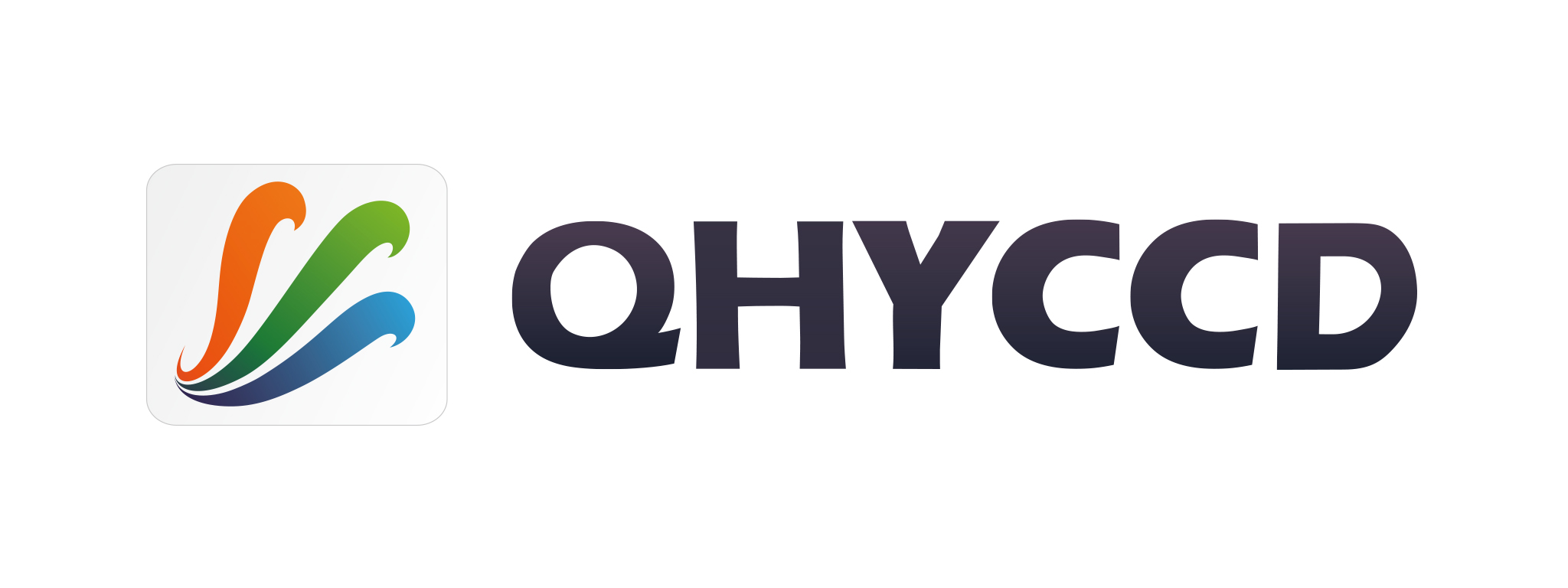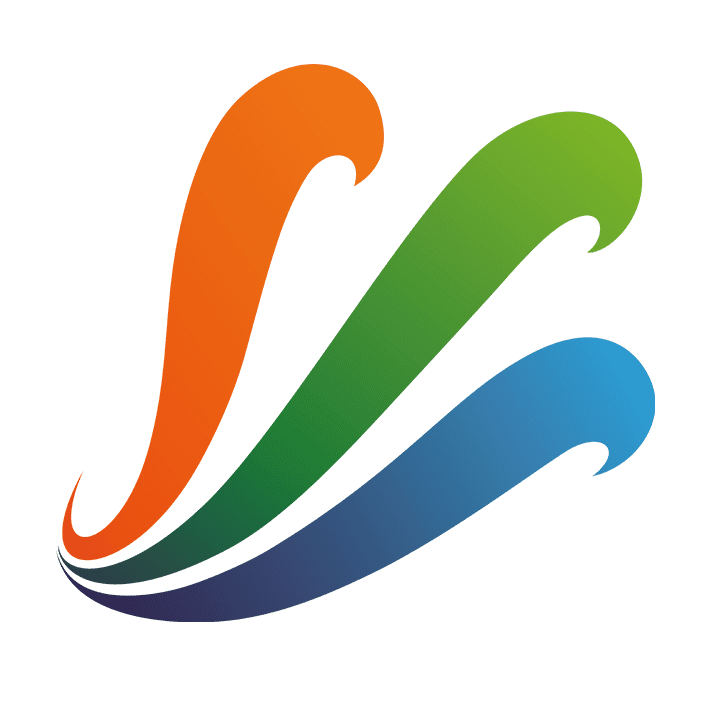BASIC Working Flow
Single Image Capture Mode:
*** First function you have to call after load SDK ***
InitQHYCCDResource();***Find device before open***
ScanQHYCCD();
camhandle = OpenQHYCCD(id);
**** do these before InitQHYCCD (you can Only set them ONCE after open) ***
GetQHYCCDNumberOfReadModes(camhandle, numModes);
// Use GetQHYCCDReadModeName if you need more detail
SetQHYCCDReadMode(camhandle, modeNumber);
SetQHYCCDStreamMode(camhandle,0);
InitQHYCCD(camhandle);
SetQHYCCDBitsMode(camhandle,16);*** do these before exposure (You can reset them anytime after open device) ***
GetQHYCCDChipInfo(camhandle,&chipw,&chiph,&w,&h,&pixelw,&pixelh,&bpp);
//Some camera has different maximum resolution between Read Modes
GetQHYCCDReadModeResolution(camhandle, modeNumber, width, height);
SetQHYCCDResolution(camhandle,0,0,w,h);
SetQHYCCDBinMode(camhandle,cambinx,cambiny);
IsQHYCCDControlAvailable(camhandle,CONTROL_TRANSFERBIT);
SetQHYCCDDebayerOnOff(camhandle, bool onoff);
******Optional settings********
IsQHYCCDControlAvailable(camhandle,xxxxxx);
SetQHYCCDParam(camhandle,xxxxxx,value);
****** Start exposure ********
ExpQHYCCDSingleFrame(camhandle);
GetQHYCCDMemLength(camhandle);
GetQHYCCDSingleFrame(camhandle,&w,&h,&bpp,&channels,ImgData);
*** Close a device can save some resource ***
*** Then you need open and init again ***
CloseQHYCCD(camhandle);**** do this only before you want release all SDK ***
ReleaseQHYCCDResource();
Live Capture Mode:
InitQHYCCDResource();
num=ScanQHYCCD();
GetQHYCCDId(0,id);
camhandle = OpenQHYCCD(id);
SetQHYCCDStreamMode(camhandle,1);
InitQHYCCD(camhandle);
GetQHYCCDChipInfo(camhandle,&chipw,&chiph,&w,&h,&pixelw,&pixelh,&bpp);
IsQHYCCDControlAvailable(camhandle,CONTROL_TRANSFERBIT);
SetQHYCCDBitsMode(camhandle,8);
SetQHYCCDResolution(camhandle,0,0,w,h);
BeginQHYCCDLive(camhandle);
length = GetQHYCCDMemLength(camhandle);
ret = QHYCCD_ERROR;
while(ret != QHYCCD_SUCCESS)
{
ret = GetQHYCCDLiveFrame(camhandle,&w,&h,&bpp,&channels,ImgData);
//put the codes of displayImage here
}
StopQHYCCDLive(camhandle);
CloseQHYCCD(camhandle);
ReleaseQHYCCDResource();
Sample Codes
SDK Manual (under construction)
uint32_t STDCALL InitQHYCCDResource(void)
This function need to be call when first using QHYCCD SDK. If the SDK is already initialized. You can still call this and it will re-initialize the resource.Looks like a new start. This function will return the the QHYCCD_ERROR code. 0=success
uint32_t STDCALL ScanQHYCCD()
This function will scan all QHYCCD cameras connecting with the computer. The return value is the number of cameras. If one camera connected with the computer. the return value is 1. If two cameras connected, it return 2 , and so on.This function will return the the QHYCCD_ERROR code. 0=success.
uint32_t STDCALL GetQHYCCDId(uint32_t index, char *id)
Get the camera ID. ID is a string and includes the camera name and series number. like “QHY247C-6a86bd46a1aeba2d6”. Since each camera has an unique guid, like “6a86bd46a1aeba2d6” so this can be used to identity each camera when multiple camera connected.
You can input the index and get the ID. The index range is start from 0. For example. If there is five QHYCCD cameras connected. The index is 0,1,2,3,4
This function will return the the QHYCCD_ERROR code. 0=success.
qhyccd_handle * STDCALL OpenQHYCCD(char *id)
Open Camera. The input is the camera id. The return value is a handle. This handle represent this camera. In most of the camera control command in QHYCCD we are using the handle as the input to refer a camera.
uint32_t STDCALL SetQHYCCDStreamMode(qhyccd_handle *handle, uint8_t mode)
There is two basic streaming mode for QHYCCD. One is the Single Capture Mode. Another is the Video Streaming Mode.
mode=0: Single Capture Mode
mode=1: Video Streaming Mode
Single Capture is Sync with the Begin Exposure Command. The sequence is :
Send Begin Exposure Command to SDK—- Camera begin to exposure —–After end exposure camera will begin to output the data —- Use Get Single Image Command to get the data.
Video Steaming Mode a free running mode. The sequence is :
Send Start Live Streaming Command to SDK—Camera begin the live streaming capture and return the data
During this period. You can use Get Live Frame Command to get the data.
You can use Stop Live Frame command to stop camera live streaming.
After OpenQHYCCD, We recommend to call this function before other operations
uint32_t STDCALL InitQHYCCD(qhyccd_handle *handle)
This function will initialize the camera hardware and other basic settings This function should be call after SetQHYCCDStreamMode. After this function called. The camera hardware will be ready to use. In this function. the SDK will initialize some basic setting like the image bit depth, ROI, exposure time etc. These parameter can be also changed separately later with the Parameter Command.
uint32_t STDCALL GetQHYCCDChipInfo(qhyccd_handle *h,double *chipw,double *chiph,uint32_t *imagew,uint32_t *imageh,double *pixelw,double *pixelh,uint32_t *bpp)
This function will output the basic information of the camera. Includes the physical pixel size, the basic pixel array size. and the current image depth.
Please note the pixel width and pixel height is in physical. So even with BIN22, the pixel size is still the physical pixel size, it will not change with the binning setting.
The image array width and height is the maxium image width and height. Even in small ROI or in overscan area removed mode. this size will not change.
The image depth ¡°bpp¡±, will be changed if user set the bitDepth by the Set Parameter command
Normally this function can be used to determined the sensor size information and get to know the max image size of one camera model.
uint32_t STDCALL GetQHYCCDEffectiveArea(qhyccd_handle *h,uint32_t *startX, uint32_t *startY, uint32_t *sizeX, uint32_t *sizeY)
This function will output the effective area dimensions and start positions. This function only return the information and it will not set the camera to some specially mode (like the overscan removed mode).
startX,startY The effective area start position
sizeX,sizeY The effective area size
These information is the physical value. It does not get effected by the ROI, BINNING and OverScan removed mode setting.
uint32_t STDCALL GetQHYCCDOverScanArea(qhyccd_handle *h,uint32_t *startX, uint32_t *startY, uint32_t *sizeX, uint32_t *sizeY)
Some CCD has the overscan area. This function will output the startx,starty,sizex,sizey of the overscan area. This data is physical in the original image (max size).And it does not effected by the ROI,BINNING and OVERSCAN removed mode.
uint32_t STDCALL SetQHYCCDResolution(qhyccd_handle *handle, uint32_t x, uint32_t y, uint32_t xsize, uint32_t ysize)
This function will set the camera ROI.
In BIN11 (no binning) mode, it is based on the coordination of the BIN11 image
In other binning mode, it is based on the coordination of these binning image.
For example:
QHY247C the BIN11 is 0,0,6088,3992.
The ROI start from x=100,y=200,xsize=1000,ysize=2000, it is
SetQHYCCDResolution(handle, 100,200,1000,2000)
QHY247C the BIN22 is 0,0,3044,1996
The ROI start from x=100,y=200,xsize=1000,ysize=1000, it is
SetQHYCCDResolution(handle, 100,200,1000,2000)


